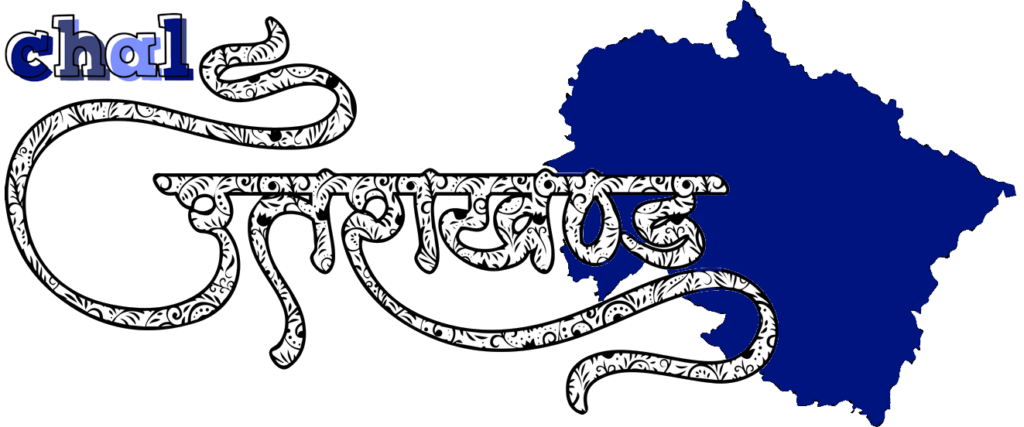Currently Empty: ₹0.00

Uttarakhand, nestled in the foothills of the Himalayas, is not only known for its breathtaking natural beauty but also for its rich and unique cuisine. One of the lesser-known yet highly nutritious dishes from this region is Gahat ke Paranthe. Made from Gahat, also known as horse gram, this dish is a traditional favorite in the Kumaon and Garhwal regions of Uttarakhand. Packed with flavor, Gahat ke Paranthe not only offers a tasty meal but also a host of health benefits.
The Nutritional Value of Gahat
Gahat, or horse gram, is a legume that grows abundantly in the hilly terrains of Uttarakhand. This small, brownish legume is a powerhouse of nutrition and has been consumed for centuries due to its health benefits. Gahat is high in protein, iron, calcium, and fiber, making it a popular choice in households where hearty, nutritious meals are preferred. It’s particularly known for its role in managing kidney stones and aiding in digestion, as it acts as a diuretic and helps flush out toxins from the body.
Ingredients of Gahat ke Paranthe
To prepare Gahat ke Paranthe, the key ingredient is horse gram, which forms the filling of the paratha. Other basic ingredients include wheat flour for the dough, along with spices that give the dish its distinct flavor. Here’s a list of the main ingredients:
- Gahat (Horse Gram) – Boiled and mashed to make the filling.
- Wheat Flour – To prepare the dough.
- Garlic and Ginger – For adding aroma and zest to the filling.
- Green Chilies – To add some heat.
- Coriander Leaves – Chopped fresh for extra flavor.
- Cumin Seeds – Roasted and mixed for earthy flavor.
- Ghee or Oil – To cook the parathas.
- Salt – As per taste.
- A pinch of Garam Masala – For warmth and complexity in taste.
Preparation of Gahat ke Paranthe
Making Gahat ke Paranthe involves several simple but important steps. The process ensures that the parathas are not only flavorful but also soft and perfectly cooked.
Step 1: Preparing the Gahat Filling
- First, soak the Gahat (horse gram) overnight in water to soften the legume.
- Boil the soaked Gahat the next morning until it becomes soft. Once boiled, drain the water and mash the Gahat.
- In a separate pan, heat a little oil or ghee and add finely chopped garlic, ginger, green chilies, and cumin seeds. Sauté them until golden brown.
- Add the mashed Gahat to this mixture and stir well. Season it with salt, chopped coriander leaves, and a pinch of garam masala for a burst of flavors. Cook for a few minutes until everything is well mixed. This forms the filling for the paratha.
Step 2: Preparing the Dough
- Knead wheat flour with a little salt and water until you get a soft dough. Let the dough rest for about 15 minutes.
Step 3: Assembling the Parathas
- Divide the dough into small portions and roll each portion into a ball.
- Flatten the ball and stuff it with the prepared Gahat filling. Carefully seal the edges and roll it out into a round paratha shape, being gentle to ensure the filling doesn’t spill out.
Step 4: Cooking the Parathas
- Heat a tawa (griddle) and place the rolled paratha on it.
- Cook the paratha on both sides by applying ghee or oil until golden brown spots appear and it becomes crispy on the outside.
Repeat the process with the remaining dough and filling. Serve hot Gahat ke Paranthe with yogurt, pickle, or butter for a wholesome and flavorful meal.
Cultural Significance of Gahat ke Paranthe
In Uttarakhand, food is deeply rooted in the local culture, and Gahat ke Paranthe holds a special place in the hearts of the people. This dish is particularly popular in the winter months due to its warming properties. Gahat is believed to generate heat in the body, making it a staple food in the colder regions of Uttarakhand where temperatures can drop significantly.
In addition, Gahat ke Paranthe are often served during special occasions and family gatherings, symbolizing the simple yet rich culinary traditions of the region. For generations, families have passed down their own versions of this dish, adding different spices or accompaniments to suit their tastes. It’s a dish that not only nourishes the body but also carries the essence of Uttarakhand’s culinary heritage.
Health Benefits of Gahat ke Paranthe
Apart from being a delicious treat, Gahat ke Paranthe are also packed with health benefits. Horse gram is high in protein, which makes this dish ideal for those seeking a protein-rich diet. It’s also a good source of dietary fiber, aiding in digestion and preventing constipation. Horse gram has diuretic properties, which help in detoxifying the body by flushing out excess fluids and toxins.
Moreover, Gahat is known for its role in preventing and treating kidney stones. Traditionally, the water in which Gahat is boiled is consumed to help break down kidney stones and prevent their formation. This dish is also great for people with diabetes, as horse gram helps in regulating blood sugar levels.
Conclusion
Gahat ke Paranthe is more than just a simple dish from Uttarakhand; it’s a celebration of local ingredients, tradition, and nutrition. With its rustic flavors, nutritious filling, and cultural significance, Gahat ke Paranthe stands out as a wholesome and fulfilling meal that reflects the rich culinary heritage of the Himalayan region. Whether you are looking for a hearty breakfast or a satisfying lunch, this dish is a must-try for anyone who appreciates authentic and nutritious Indian cuisine.


